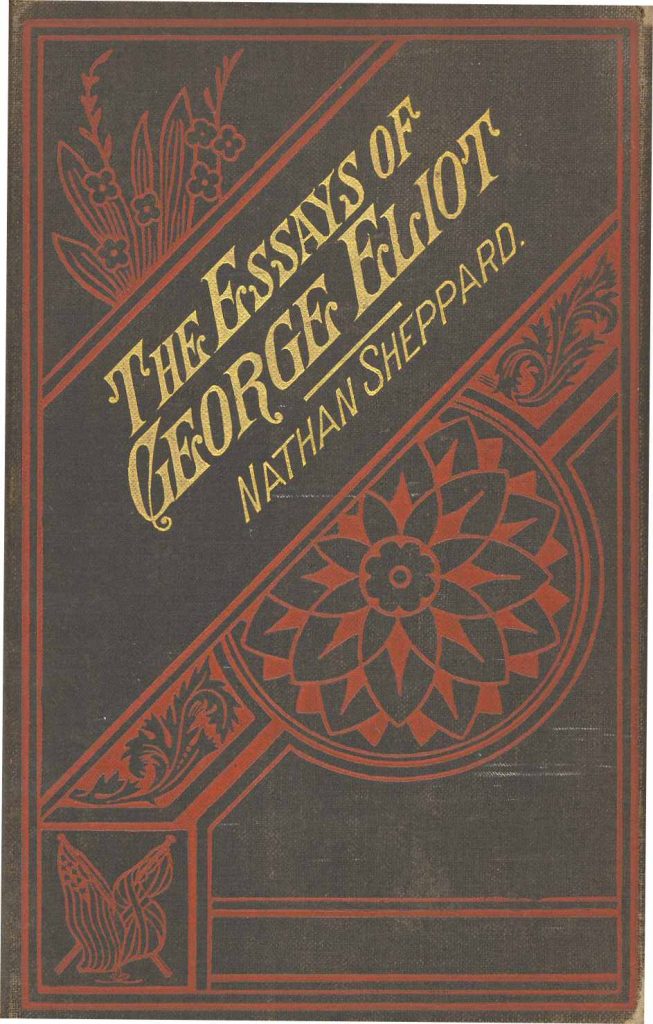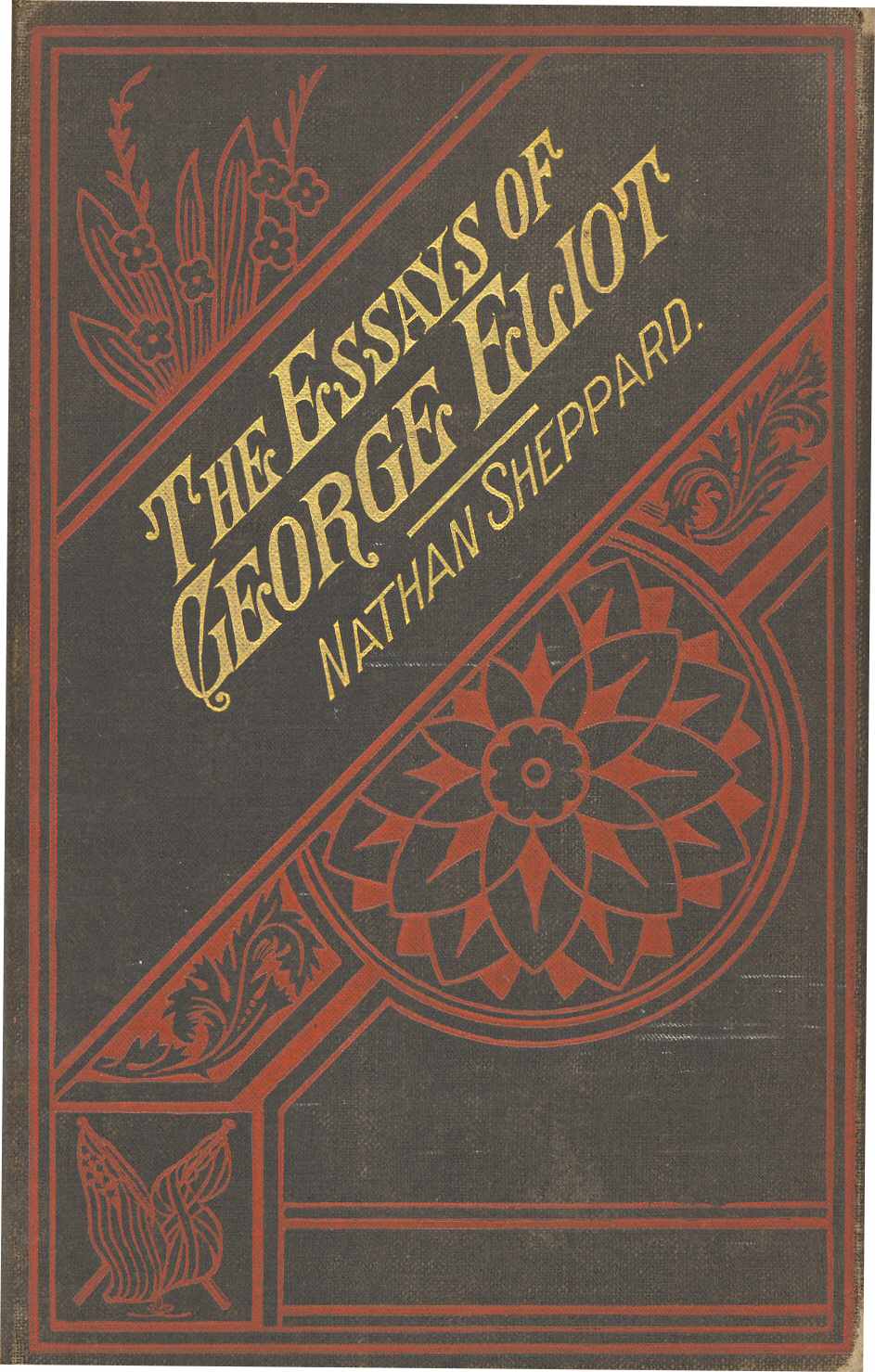
Effigy of Trump Making Offensive Gestures Appears in Philadelphia

### The Role of Guerrilla Art in Political Satire: A Look at Recent Public Installations
In recent years, a new form of public art has emerged, blending political satire, guerrilla tactics, and anonymous installations. As shock-value art becomes mainstream, recent examples involving Donald Trump as a subject illuminate the power of provocative visual messaging in the public sphere. These unpermitted works, often appearing without warning, deliver sharp commentary on the political and social climate, while challenging traditional boundaries of art, policing, and public space.
One of the latest instances of such unsanctioned art occurred in Philadelphia, where an anonymous artist installed a crude golden statue of Donald Trump in front of a thoughtfully designed, long-installed sculpture near the city’s Maja Park. The statue, which featured a cupped hand and plaque insinuating sexual misconduct, was a satirical jab referencing Trump’s infamous 2005 comments, caught on tape, where he bragged about his ability to sexually assault women with little consequence due to his celebrity. This installation was similar to another that had appeared shortly before in Portland, positioning satire at the core of its interventional artistry. The question arises: what role does public art—particularly unsanctioned art—play in advancing political discourse?
#### Public Art and Guerrilla Installations: Bridging Art and Activism
Public art, especially that which is unauthorized, often holds a mirror up to society, forcing viewers to confront uncomfortable truths. By utilizing public spaces without permission, artists engage with political and cultural commentary in ways that transcend gallery walls or museum confines, often eliciting visceral reactions from local governments, citizens, and media.
The golden Trump statue, though removed within hours by city employees, left an indelible message about sexual misconduct, power, and unchecked privilege. Its temporary nature did not diminish its impact — rather, its displacement highlights the tension between artistic freedom and regulatory oversight. The artist’s use of Trump’s own words within the context of a visual satire brings forth a layered critique, one rooted in both humor and distress.
As noted by Charlotte Cohen, executive director of Philadelphia’s Association for Public Art, who oversaw the original installation of the adjacent permanent sculpture, the Trump statue was “brilliant” in its satirical confrontation. She emphasized how public art is a place “for dialogues and debates,” reinforcing art’s role as a silent but potent form of protest or advocacy. The sculptures set up narrative juxtapositions: on one hand, a bronze figure revitalized post-Nazi suppression from the 1940s, and on the other, a figure reflecting modern-day political turmoil and ethical decline.
#### Satirical Art Targets Trump’s Persona
The appearance of the Trump sculpture doesn’t mark the first time Donald Trump has become the subject of public satire through unauthorized sculptures. A similar golden figure appeared in Portland just days before, emphasizing his relationship to power, privilege, and sexual misconduct. Additionally, a monumental nude Trump statue, famous for its grotesque exaggeration of the former president’s figure, recently “popped up” on Kensington Avenue, another guerrilla monument from those critical of Trump’s public persona and historical standing.
These installations, all linked by the recurring theme of expressing opposition to Trump through public art, escalate the political tension surrounding his legacy. They act as visual stories that expand on the accusations, statements, and policies shadowing Trump’s presidency in a non-verbal, insinuative form. Once placed in parks, city centers, and locations frequented by everyday people, the sculptures force public reckoning with issues some may prefer to ignore.
Perhaps what makes these instances of guerrilla artwork stand out is their ability to avoid obfuscation. There’s nothing sophisticated or metaphorical about a golden statue mimicking obscene gestures, yet that’s where its efficacy lies. It refuses to be poetic and instead goes for an unfiltered punch—a voice embodying the stark language and actions that public discourse may attempt to sanitize.
As Cohen mentioned in reflecting on the park installation, “This is what public art is all about.” While city employees dutifully removed the rogue Trump installation due to the lack of standardized permits, the work had already fulfilled its purpose: starting a national conversation, temporarily occupying a shared space, and challenging the status quo’s ideas of propriety versus protest.
#### Protest Through Monumental Art
While many of these temporary art pieces don’t last long, often removed within hours, they represent a growing movement of protest art within contemporary American culture. As these sculptures critique public figures like Trump, their anonymous creators blur the lines between vandalism and legitimate political expression, asking where we, as a society, delineate art from defiance.
Trump, with his many controversies, remains a favorite subject for such works. The latest installment of this satirical art montage directly addresses his long history of making controversial, sexually disparaging comments about women. But the visual jab seems hardly new—Trump has been caricatured and targeted in various anonymous